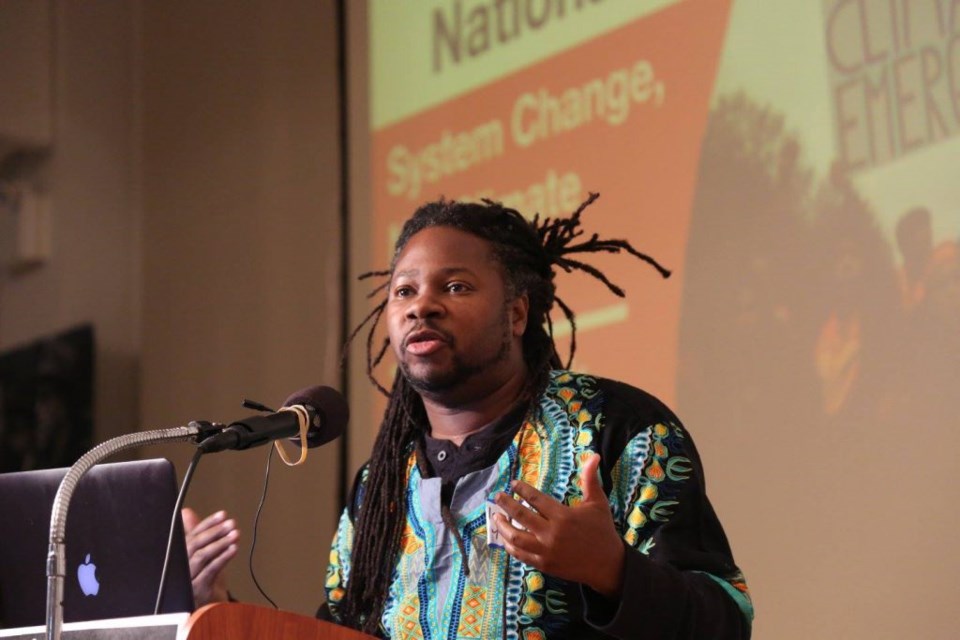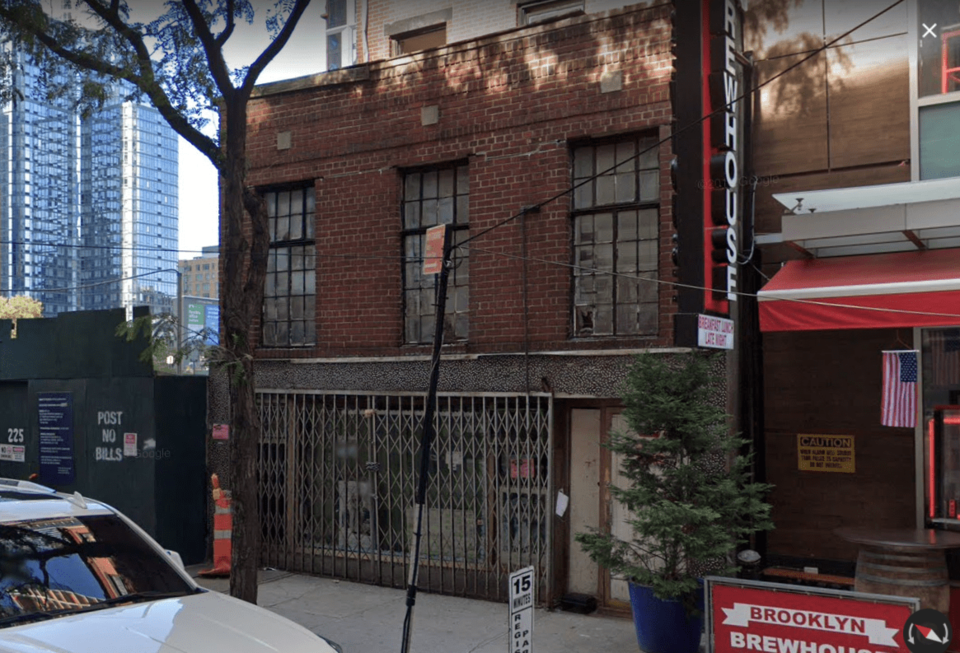Black History Month began in Brooklyn with the city officially recognizing the historical value of a downtown home, once used as a safe house on the Underground Railroad to help runaway slaves escape to freedom.
On Feb. 2, the New York City Landmarks Preservation Commission voted to preserve 227 Duffield Street.
"Black History Month in this city means more than just words," Mayor Bill de Blasio said. "It means honoring the legacy of the Black New Yorkers who came before us. I'm grateful to every advocate and community leader who made this day possible, and this city will continue to stand with you in the future."
A long time coming
Gaining landmark status is the culmination of a long struggle to protect the house from demolition, as developers build new luxury high-rises in the neighborhood.
Several local groups, including Friends of Abolitionist Place, Equality for Flatbush and Families United for Racial and Economic Equity, were part of a wide effort by many organizations and individuals.
"It has been 17 years of struggle. This is a collective victory, and we feel so very triumphant," Imani Henry, founder and lead organizer of Equality for Flatbush, told BK Reader.

Equality for Flatbush, an affordable housing and anti-gentrification organization, joined the struggle in 2019, Henry said. The group contributed its grassroots organizing and campaigning to help the cause.
He said all the other houses on the block linked to the Underground Railroad were already demolished. The only safe house that remains is 227 Duffield Street.
"This is a larger struggle about gentrification, the eminent domain that was used on many people for the Barclays Center, and displacement in Bed-Stuy, Fort Greene, downtown Brooklyn, and the removal of cultural diversity," he explained.
"I hope this victory gives everyone a sense of rejuvenation and strength in the struggle."
Abolitionist hub in Brooklyn
The borough's active waterfront and large population of free African Americans made Brooklyn a hub of abolitionist activity in the 19th century, according to the Mayor's office. Some runaways stowed away on ships from the South. Upon arrival in Brooklyn, abolitionists provided temporary shelter to them in houses like 227 Duffield Street, before making their way to New England or Canada.
A couple named Thomas and Harriet Truesdell owned the house during that period. Under the 1850 Fugitive Slave Law, abolitionists faced stiff penalties for hiding or assisting runaway slaves.
The effort to secure the landmark designation was hampered for years partly because there were no historical records officially documenting the house as a stop on the Underground Railroad.
However, activists and scholars argued that the series of basement tunnels that connected neighboring houses are evidence that the abolitionist couple used their home to help runaway slaves.
A previous owner, Joy "Mama Joy" Chatel fought for the house's landmark status. In 2004, the city attempted to use eminent domain to seize the house for Mayor Michael Bloomberg's downtown urban renewal plan. Eminent domain allows the government to take private property for public use.
Advocates, including then-City Councilmember Letitia James, protested the move.
After Chatel filed a lawsuit, the city agreed in 2007 not to take the house by eminent domain. Officials also renamed Duffield Street, between Willoughby Avenue and Fulton Street, Abolitionist Place. However, the city didn't grant the house landmark protection.
After Chatel died in 2014, the house ended up in the hands of developer Samiel Hanasab. He obtained city approval in 2019 for demolition and construction of a mixed-use apartment building — promising to place an African American museum in the basement. That prompted a swell of opposition from activists.
"The battle to protect the house is over, but there's more work to do," Henry said.
Friends of Abolitionist Place is working on building a heritage center at the site where people can learn about the history of the abolitionist movement.




